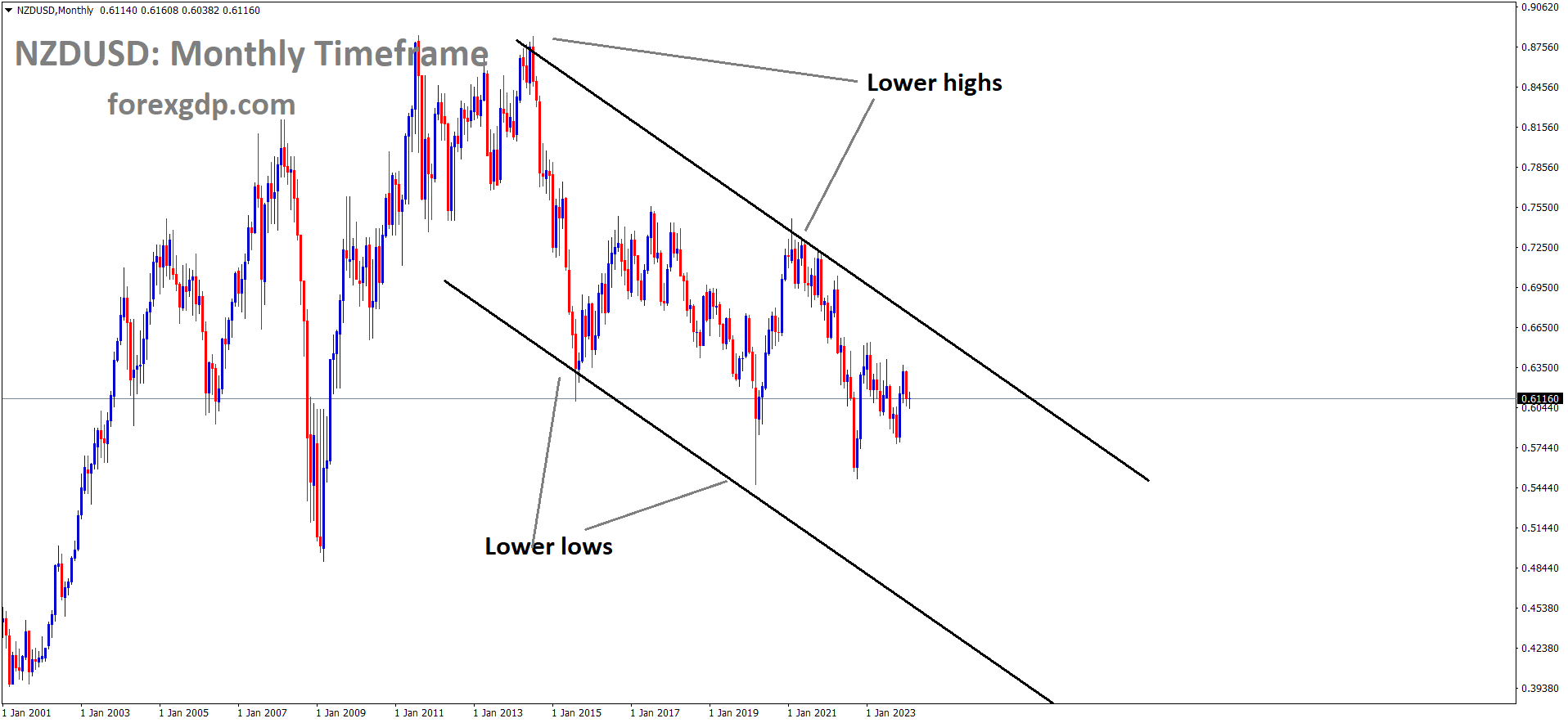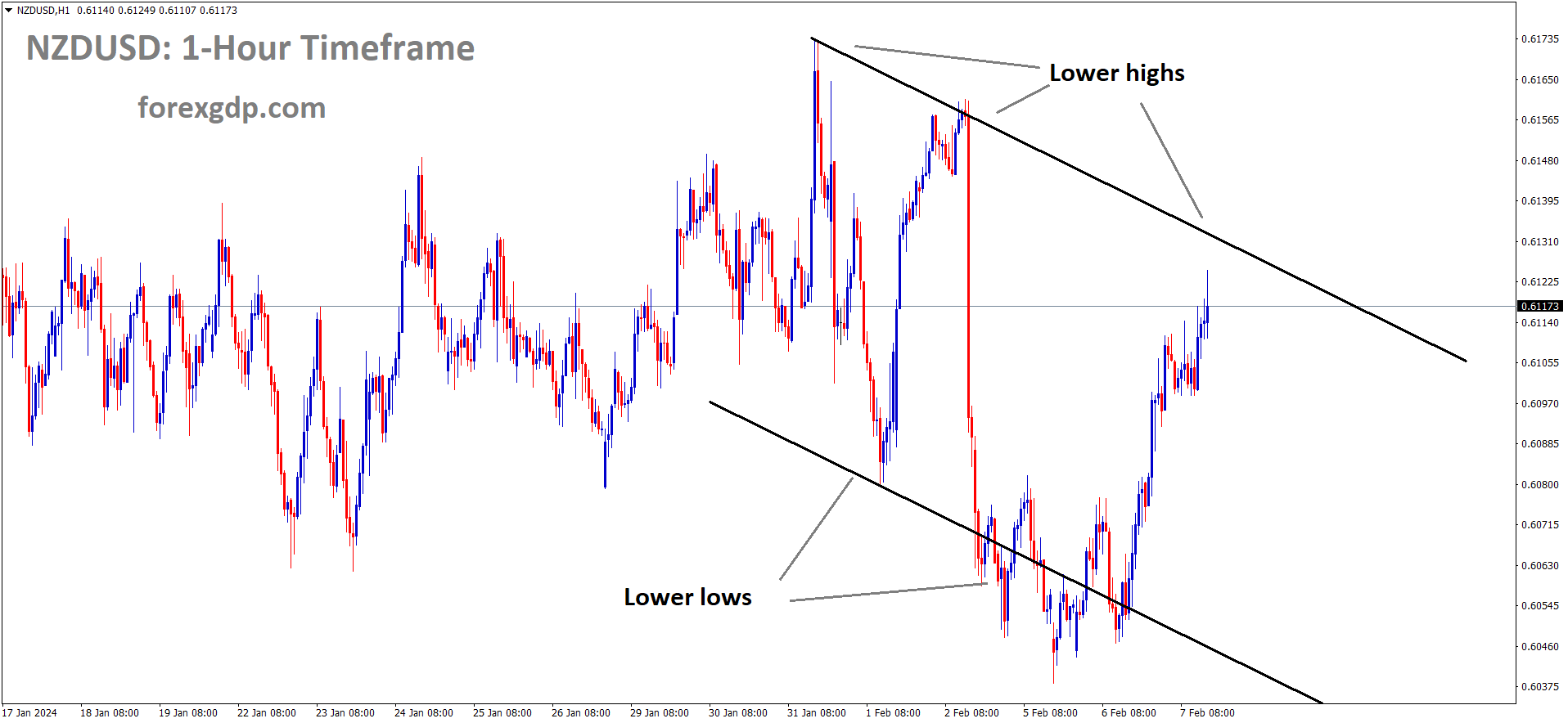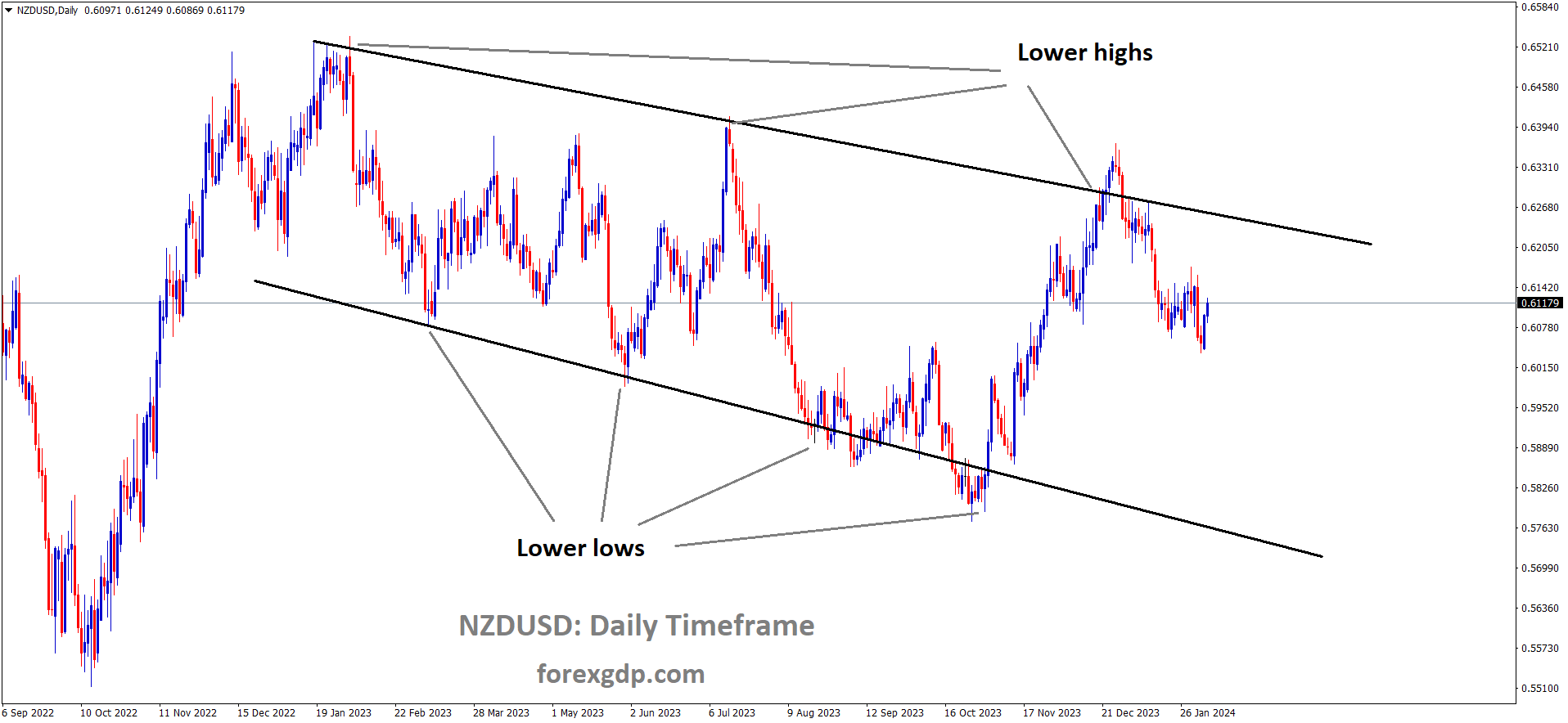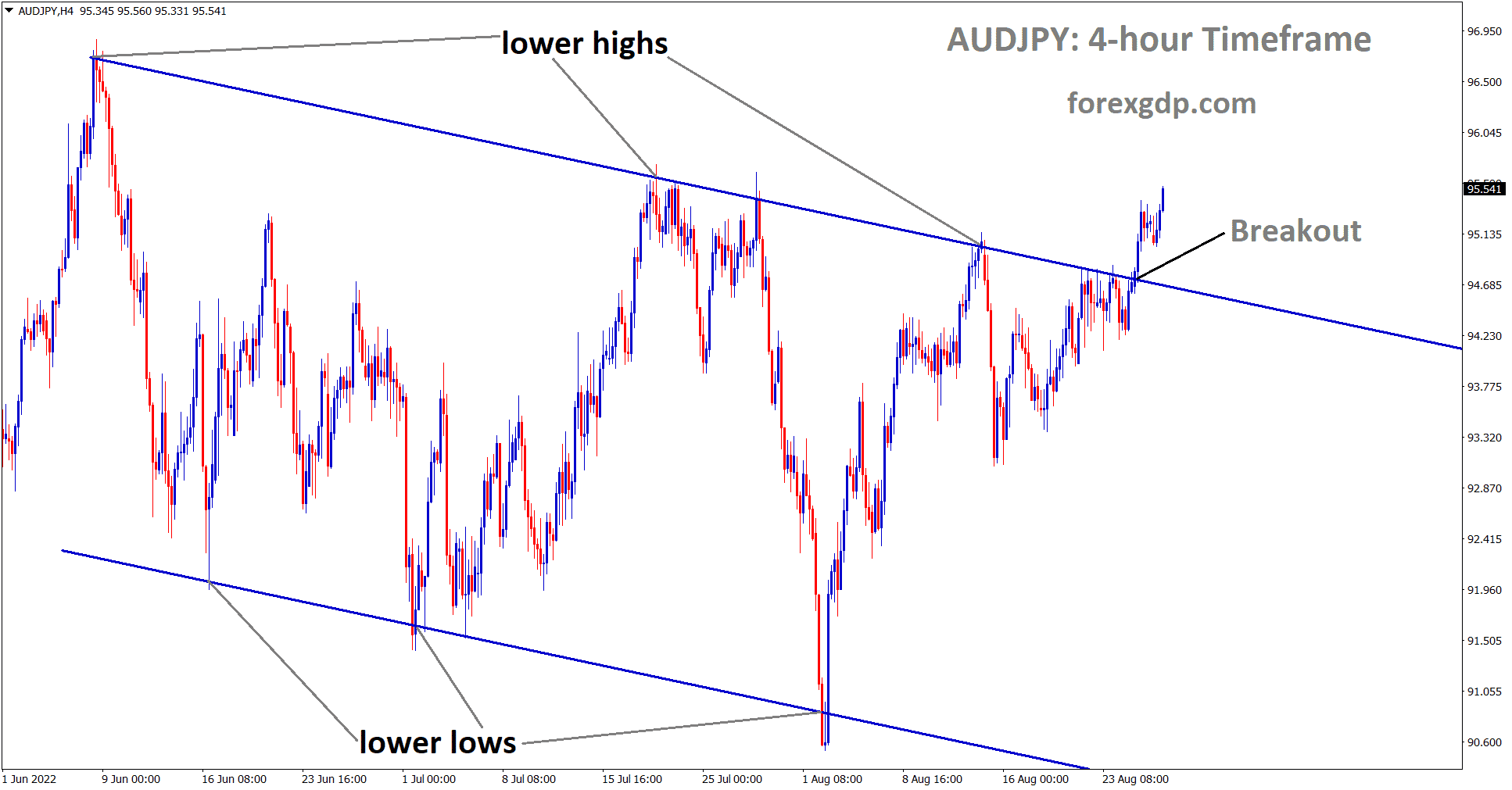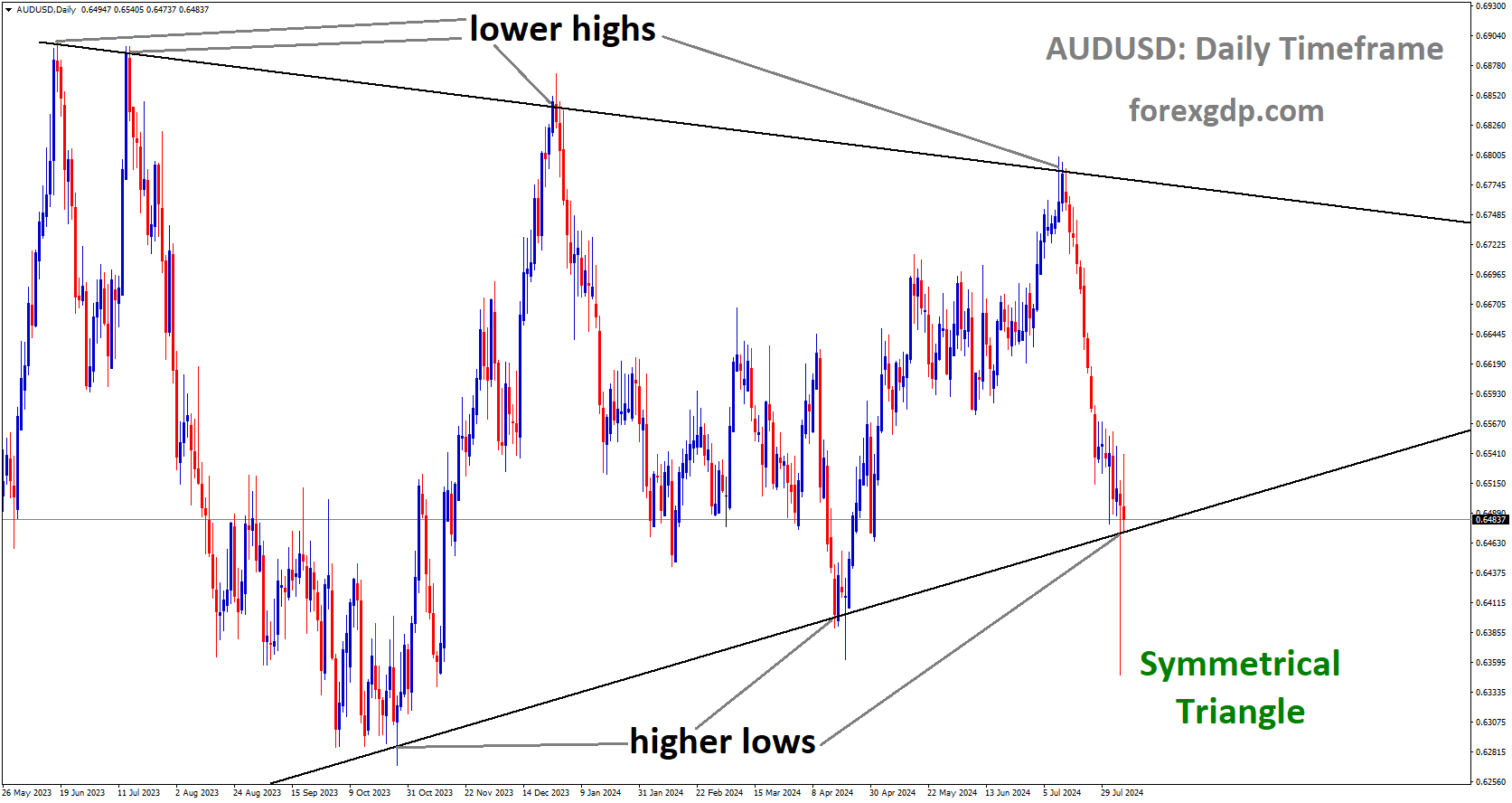Navigating New Zealand’s Labor Market Dynamics: A Comprehensive Analysis
New Zealand’s labor market serves as a crucial barometer for the nation’s economic health, reflecting the interplay of various factors such as employment trends, unemployment rates, and workforce participation. In recent times, the landscape of New Zealand’s labor market has witnessed notable shifts, presenting both opportunities and challenges for policymakers, economists, businesses, and individuals alike.
NZDUSD is moving in Descending channel and market has fallen from the lower high area of the channel
This comprehensive analysis delves into the intricacies of New Zealand’s labor market dynamics, examining key indicators, trends, and implications for the broader economy.
Understanding Labor Market Indicators
To comprehend the nuances of New Zealand’s labor market, it is imperative to examine key indicators that offer insights into employment dynamics. The unemployment rate stands out as a critical metric, representing the percentage of the labor force actively seeking employment but unable to find work. In addition to the unemployment rate, other indicators such as labor force participation rate, underutilization rate, and employment change provide a comprehensive view of the labor market’s health and vitality.
An Overview of Recent Trends
In the most recent update on New Zealand’s labor market, there has been a discernible uptick in the unemployment rate.
Statistics reveal that the unemployment rate has risen to 4.0% from the preceding quarter’s figure of 3.9%. This marginal increase, while modest, warrants closer scrutiny to understand its underlying causes and implications. Concurrently, there has been a rise in the number of unemployed individuals, reaching 122,000—an increase of 3,000 from the previous quarter.
Examining Employment Dynamics
Despite the slight increase in the unemployment rate, there are also positive indicators within New Zealand’s labor market. For instance, the employment change rate has shown resilience, with a 0.4% quarter-on-quarter growth rate. This suggests that despite challenges, there are opportunities for job creation and workforce expansion. Furthermore, the labor force participation rate, while experiencing a slight dip, remains relatively robust, underscoring the ongoing engagement of individuals in the labor market.
Implications for Policy and Action
The rise in the unemployment rate prompts discussions among policymakers, economists, and stakeholders about the appropriate strategies to address underlying challenges and support job creation efforts. There is a growing recognition of the need for targeted government intervention to alleviate economic pressures, including measures to stimulate demand, provide training and upskilling opportunities, and foster entrepreneurship and innovation.
Navigating Economic Realities
Industry experts express concerns about the true economic landscape, citing anecdotal evidence of a worsening climate. This sentiment is reflected in increased calls for restructuring and redundancy support, particularly in sectors facing economic headwinds.
NZDUSD is moving in Descending channel and market has reached lower high area of the channel
Rising costs, including inflationary pressures and escalating interest rates, pose significant challenges for businesses, impacting consumer spending and business investment decisions.
Addressing Structural Issues
Beyond short-term measures to address cyclical fluctuations in the labor market, there is a need to tackle underlying structural issues that may hinder long-term growth and prosperity. This includes addressing skills mismatches, enhancing labor market flexibility, and promoting inclusive growth that benefits all segments of society. Moreover, investments in education, training, and infrastructure are crucial to building a resilient and adaptive workforce capable of meeting the demands of a rapidly evolving economy.
The Role of Government and Stakeholders
In navigating the complexities of New Zealand’s labor market, collaboration between the government, businesses, labor unions, and other stakeholders is essential. Governments play a pivotal role in setting the policy framework and creating an enabling environment for businesses to thrive and individuals to prosper. This includes measures to support small and medium-sized enterprises (SMEs), promote innovation and entrepreneurship, and ensure a fair and equitable distribution of economic opportunities.
Charting a Path Forward
New Zealand’s labor market dynamics present a complex and multifaceted landscape, characterized by both challenges and opportunities. While the rise in the unemployment rate underscores the need for concerted action, it also highlights areas of resilience and potential for growth.
NZDUSD is moving in Descending channel and market has fallen from the lower high area of the channel
By adopting a holistic approach that combines short-term stimulus measures with long-term structural reforms, New Zealand can navigate the current economic uncertainties and emerge stronger and more resilient in the post-pandemic era. It is through collaboration, innovation, and a shared commitment to inclusive growth that New Zealand can chart a path forward towards a more prosperous and equitable future for all.
Don’t trade all the time, trade forex only at the confirmed trade setups.
Get more confirmed trade setups here: forexgdp.com/buy/


